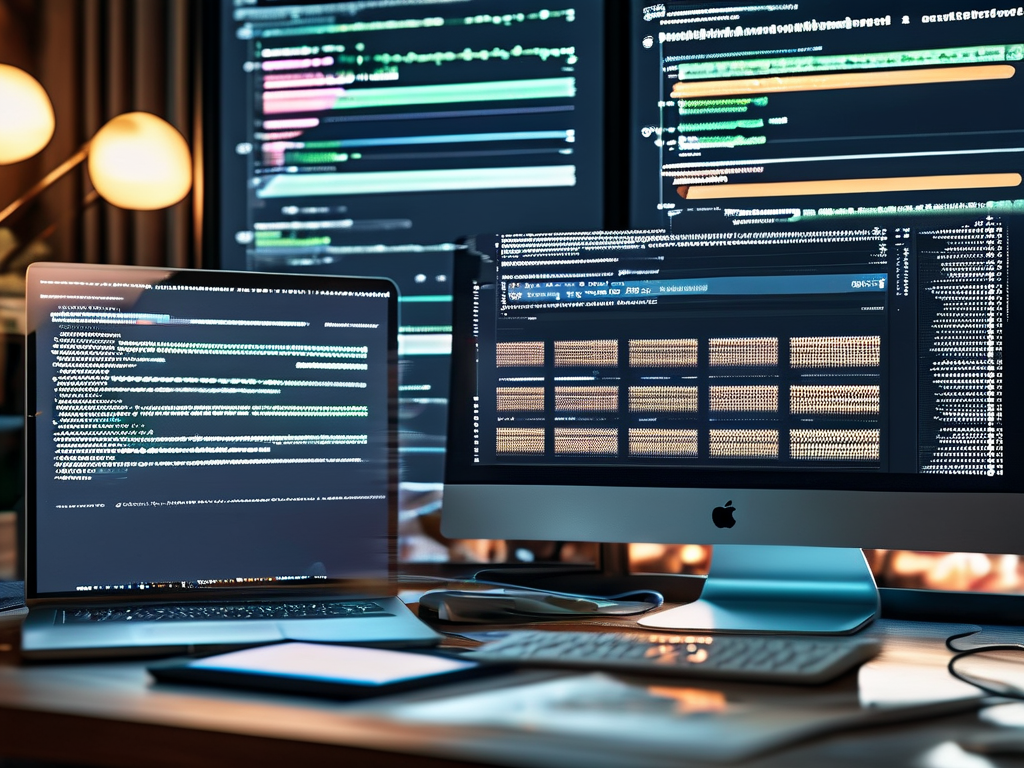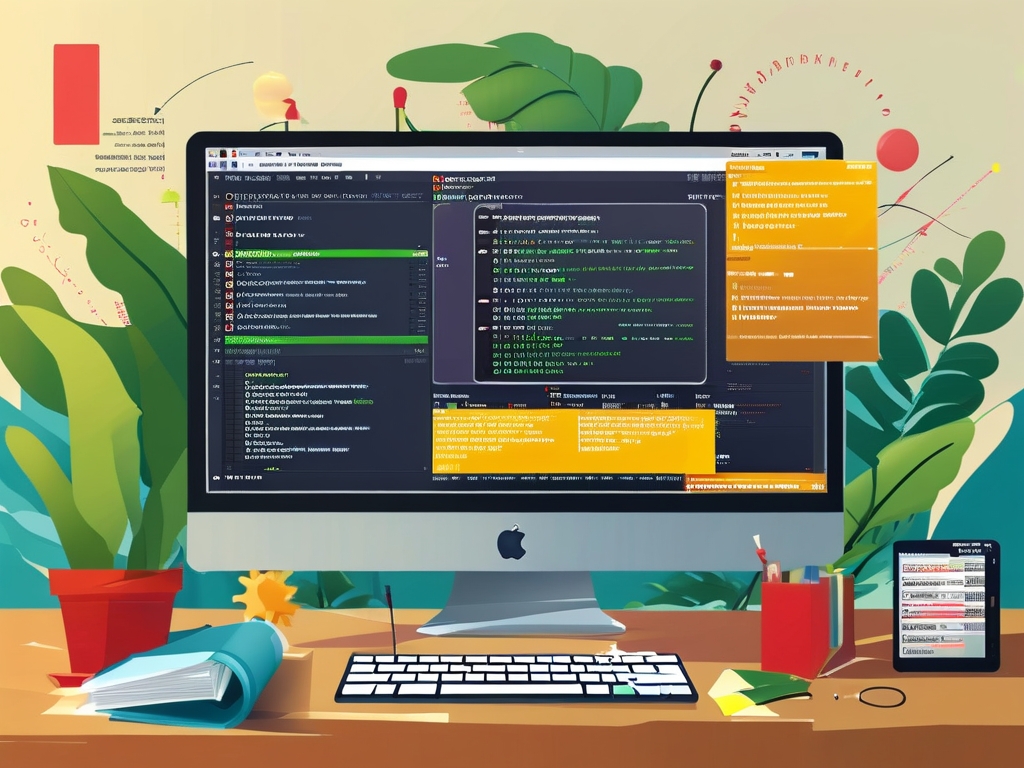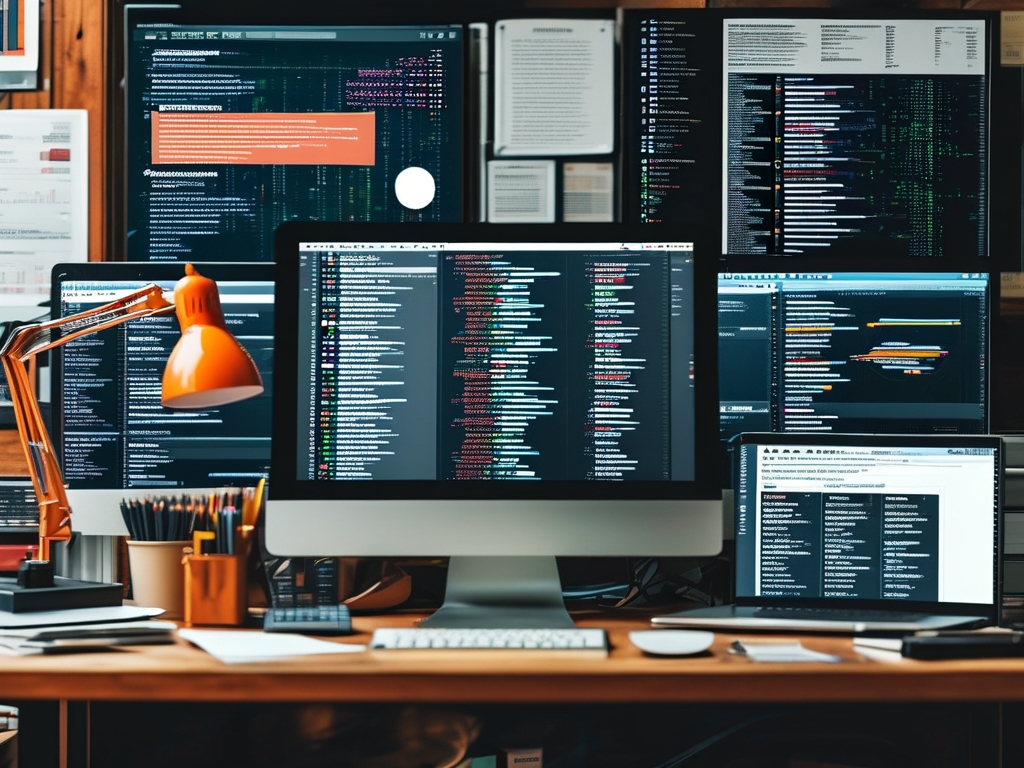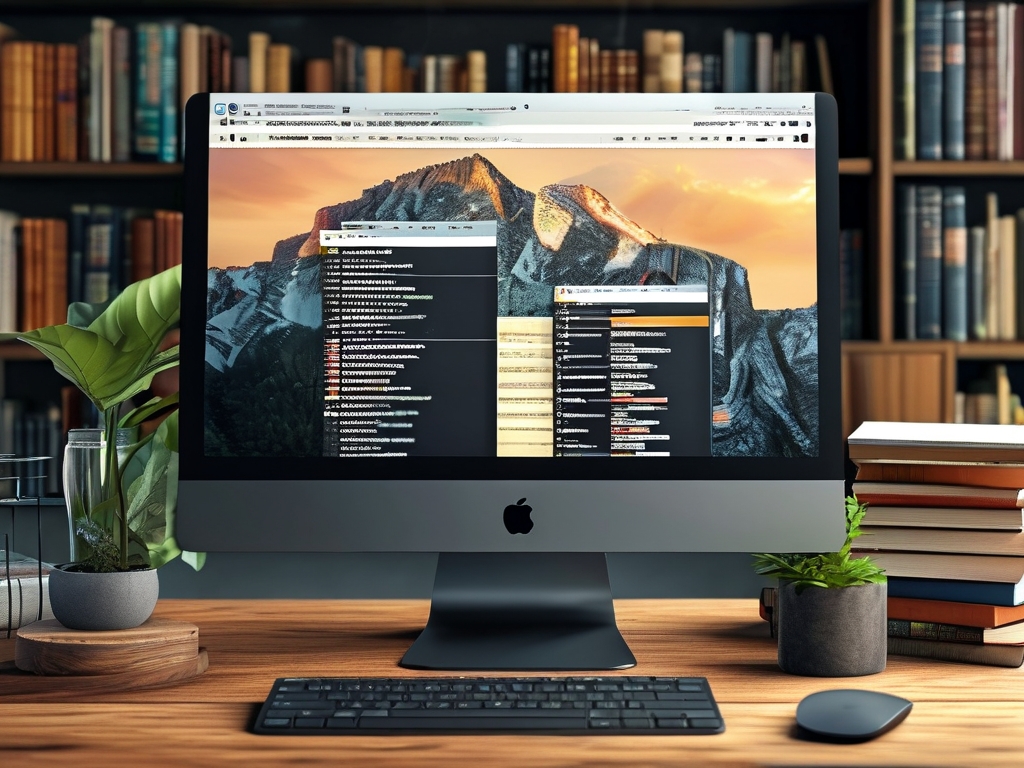In the fast-paced world of digital design, interaction designers rely on both technical skills and environmental cues to maintain productivity and creativity. One often-overlooked element is the desktop wallpaper—a high-resolution background image that serves as more than just decoration. This article explores how carefully curated HD wallpapers can enhance workflow, inspire innovation, and reflect a designer’s professional identity.
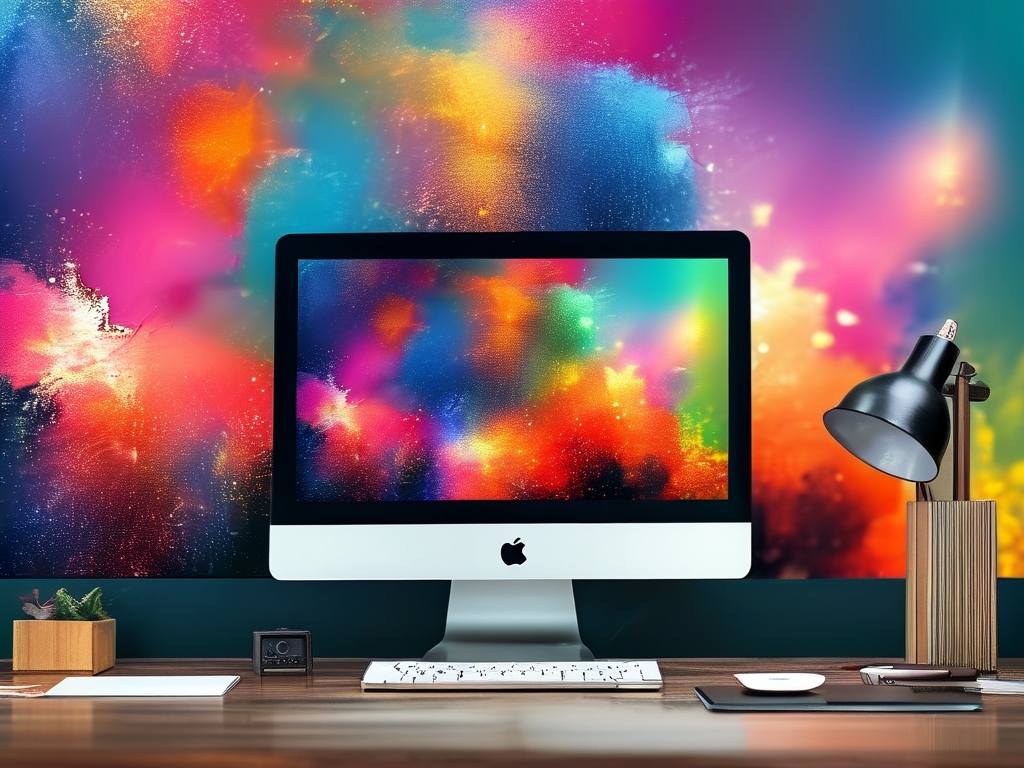
Why Resolution Matters
For interaction designers, visual clarity is non-negotiable. High-resolution wallpapers (1920x1080 or higher) ensure that icons, design tools, and open applications remain sharp, reducing eye strain during long hours of work. A pixelated or stretched background creates unnecessary distractions, while crisp imagery helps maintain focus. For example, a 4K wallpaper with subtle geometric patterns can provide structure to the desktop layout without competing with design software interfaces.
Inspiring Creativity Through Imagery
The right wallpaper acts as a silent muse. Many designers opt for minimalist landscapes, abstract gradients, or UI pattern grids that subconsciously reinforce design principles. A study by the Design Institute of America found that 68% of professionals reported improved problem-solving efficiency when using wallpapers aligned with their project’s aesthetic. For interaction designers working on a fintech app, a wallpaper featuring clean lines and muted colors might foster precision, while a vibrant, kinetic art piece could spark ideas for gamified interfaces.
Color Psychology in Workspace Design
Color schemes in wallpapers directly impact mood and cognitive performance. Blue tones, known to enhance focus, are popular for wireframing stages, while warm oranges might stimulate creativity during brainstorming. Tools like Adobe Color allow designers to extract palettes from their wallpapers, ensuring harmony between their workspace and active projects. A case study from a UX team at Spotify revealed that switching to a dark-mode wallpaper with neon accents reduced prototype iteration time by 22%, as the high-contrast background made interface elements “pop” during reviews.
Organizational Benefits
Strategic wallpaper use can optimize screen real estate. Designers often layer semi-transparent taskbars or use wallpapers with designated “zones”—a left-side gradient to mentally separate communication apps from central design tools. Others employ wallpapers featuring grid systems or golden ratio overlays to maintain alignment awareness. Notable examples include Dropbox’s design team, which uses custom wallpapers with branded color blocks to reinforce company design language.
Curating Your Collection
Building a personalized wallpaper library is essential. Platforms like Dribbble and Behance offer designer-specific HD options, while tools like Wallpaper Engine enable dynamic backgrounds that respond to workflow patterns (e.g., calming animations during crunch times). A survey of 200 interaction designers showed that 84% refresh their wallpapers biweekly to avoid creative stagnation. Pro tip: Create seasonal folders—cooler palettes for Q4 deadline periods, brighter tones for spring sprints.
Professional Branding Through Backgrounds
In remote work culture, wallpapers double as professional signatures during video calls. A well-chosen background subtly communicates expertise—a wallpaper featuring a user journey map might spark client conversations, while a custom illustration of design thinking stages showcases methodology. Senior designers at IBM have reported using accessibility-checker overlays as wallpapers to keep inclusivity top-of-mind during reviews.
Technical Considerations
While aesthetics are crucial, performance matters too. Vector-based wallpapers consume fewer resources than photorealistic images, ideal for machines running multiple design tools. Designers should calibrate wallpapers using monitor color profiles—an sRGB wallpaper might clash with a DCI-P3 color workspace. Tools like DisplayCAL help maintain consistency across devices.
In , an interaction designer’s choice of HD wallpaper is a strategic decision influencing efficiency, creativity, and professional identity. By intentionally selecting images that align with cognitive needs and project requirements, designers transform their digital workspace into a catalyst for innovation. As remote collaboration evolves, the humble desktop background has emerged as both a personal sanctuary and a silent collaborator in the design process.






